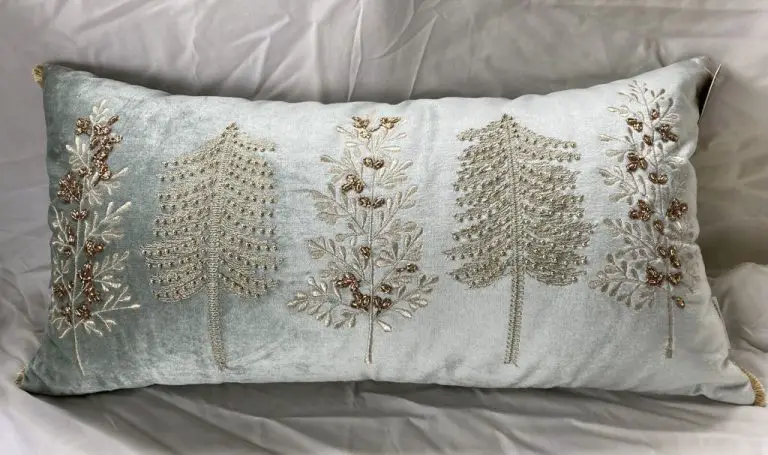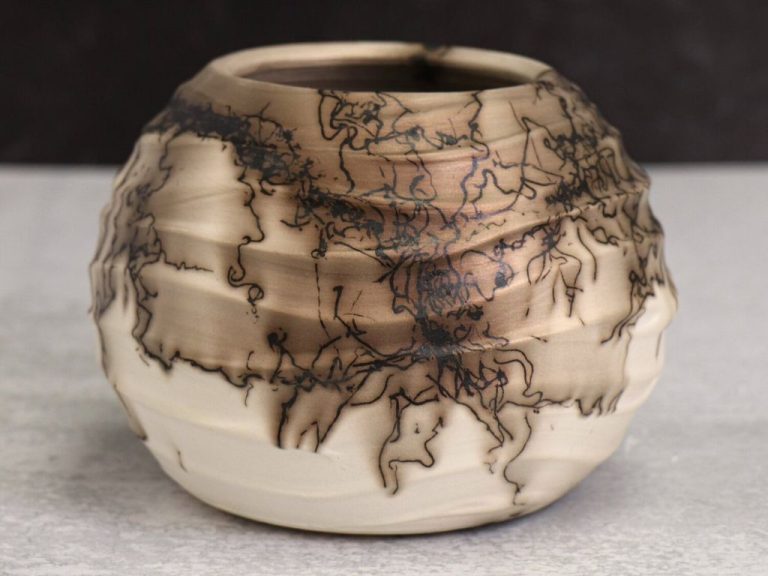Do Minimalists Use Area Rugs?
What is Minimalism?
Minimalism is a lifestyle that focuses on reducing possessions and living with just the essential items you need. The minimalist philosophy is about decluttering your life, space, and mind in order to make room for what’s most important.
The minimalist movement first emerged in visual arts and music in the 1960s and 1970s. Artists and musicians stripped away unnecessary elements in their work, focusing on simplicity and functionality. This philosophy then extended beyond the arts into other areas of life.
As a lifestyle today, minimalism emphasizes focusing on your core values, goals, and activities by removing anything that distracts from them. It’s about living intentionally with only what you really need and avoiding consumerism and excess. The minimalist lifestyle allows people to reduce stress, spend more time on passions, find contentment, and discover their purpose.
Key principles of minimalist living include:
- Decluttering and maintaining a simple, organized home
- Having fewer, high-quality possessions
- Emphasizing multifunctional items
- Focusing on experiences over things
- Intentional and mindful living
The minimalist movement grew throughout the 1990s and 2000s, especially as influential writers, bloggers and TV personalities promoted the lifestyle. While personal approaches to minimalism vary, the core philosophy remains living deliberately with less.
Principles of Minimalist Design
Minimalist interior design is guided by several key principles that aim to create simple, open, and functional spaces. Some of the main principles of minimalist design include:
- Simplicity – Minimalists focus on clear, clean lines and avoid clutter and unnecessary decorations. The goal is to have furnishings serve their function and avoid excess ornamentation.
- Utility – Form follows function in minimalist design. Pieces are chosen for their usefulness and purpose rather than just aesthetics.
- Open space – Minimalists use negative space and sparse furnishings to create a sense of openness and flow. Large empty spaces allow the architecture and design elements to shine.
- Natural materials – Natural, raw, and untreated materials like wood, stone, leather, and fibers are preferred for their simple beauty. Synthetics and plastics are avoided.
By embracing these key principles of simplicity, function, openness, and natural materials, minimalists are able to design soothing, decluttered, and purposeful spaces.
Source: https://www.wallartprints.com.au/blog/minimalist-interior-design/

## Do Minimalists Use Rugs?
Many minimalists embrace area rugs in their homes, as rugs can offer function and aesthetic value without cluttering a space. While some strict minimalists may avoid rugs, many see them as an opportunity to add visual interest, warmth, or utility without compromising a minimalist decor scheme.
Some of the debates around minimalists using rugs include:
Pros:
- Rugs add warmth and softness underfoot without requiring permanent flooring changes
- They can tie a room together visually and delineate spaces, creating flow
- Certain styles like jute or seagrass rugs offer texture while retaining a minimalist look
- Rugs absorb sound and provide insulation
- Using a large rug leaves the floor open around it, maintaining a sense of airiness
Cons:
- Rugs represent an additional decorative element to clean and maintain
- Some minimalists find even simple rugs too visually distracting
- Adding furnishings like a rug takes away from a purely empty, purist aesthetic
- Rugs can collect dust and allergens
Many designers point out that simple, natural fiber rugs in muted tones align well with minimalism by letting the textures stand out while not competing with other elements. Ultimately, it comes down to personal preference and how strictly one interprets minimalist philosophy. Rugs offer an option for adding visual interest that still complements many minimalist homes.
Minimalist Rug Materials
Minimalist rugs tend to favor natural materials over synthetic ones. Natural fibers like wool, cotton, jute, and sisal are often used in minimalist rugs, while synthetic materials like polyester and nylon are avoided.
Wool is one of the most popular materials for minimalist rugs. It has a matte, nubby texture that works well in pared-down interiors. Wool is also durable, easy to clean, and environmentally friendly since it is biodegradable and renewable. Quality wool rugs become more lustrous over time as the fibers bloom. According to Nazmiyal Antique Rugs, wool is “the most desirable material for minimalist rugs.” [1]
Cotton is another favored natural fiber for minimalist rugs. It has a soft, breathable feel underfoot. Cotton rugs come in versatile solids and are available at lower price points than wool. Cotton is hypoallergenic and compostable at end of life.
Jute and sisal are popular natural fibers that embody minimalist ideals. Their fibrous, organic look comes from how they are spun from plant materials. Both fibers are biodegradable, sustainable, and provide texture without complicated patterns. According to Luxeweavers, natural tan fibers like jute and sisal “are ideal for minimalist settings due to their golden-tan hues.” [2]
Minimalist Rug Styles
When it comes to style, minimalist rugs tend to favor simplicity. Some common characteristics of minimalist rug styles include:
- Plain, neutral colors – Minimalists tend to prefer muted, natural tones like off-white, gray, tan or black rather than bold, bright colors.
- Simple geometric patterns – Minimalist rugs often feature subtle geometric patterns, especially linear or grid designs, rather than complex floral or ornate motifs.
- Low pile – Thin, low-profile piles are more minimalist than plush, high piles. Low pile rugs don’t detract from the room.
- Natural textures – Materials like sisal, jute, seagrass, and undyed wool have an understated, organic look and feel.
The overall effect is a rug that doesn’t distract or overwhelm. It complements and brings balance to a minimalist space rather than competing for attention. A minimalist rug should enhance the room rather than dominate it.
Minimalist Rug Sizes
When choosing a rug for a minimalist space, smaller sizes that leave floor space visible are preferred over wall-to-wall carpeting. This allows the beautiful textures and colors of the floor itself to remain a focal point. Typical minimalist rug sizes include:
- 2’x3′ – Great for beside a bed or chair.
- 3’x5′ – Provides a zone for a seating area.
- 5’x8′ – Defines a living room seating arrangement.
- 6’x9′ – Grounds a dining table and chairs.
Round rugs in 3-6 foot diameters are also popular minimalist options, creating soft definition without harsh edges (Source: https://www.etsy.com/listing/1630357053/minimalist-rug-modern-rugs-abstract-area). Choosing the right sized rug allows minimalists to enjoy the texture and visual interest of rugs while maintaining space and simplicity.
Multipurpose Rugs
One of the appeals of minimalist rugs is their versatility and ability to serve multiple purposes in different rooms. Many minimalist rugs are lightweight and smaller in size, making them easy to move around the home as needed. Here are some ways minimalists use multipurpose rugs:
– Living Room to Bedroom – A simple wool rug can add warmth and texture to a living room, and then be moved into the bedroom to help define the sleeping space.
– Kitchen to Entryway – A patterned cotton rug brings interest to the kitchen but can also work well in an entry space.
– Office to Family Room – A jute area rug can transition from a home office during the day to a family gathering spot at night.
– Bathroom to Bedside – Easy-to-clean rugs with cotton backings can bring color to bathrooms but also work as bedside rugs.
The portability of minimalist rugs allows for creativity and flexibility. Multipurpose rugs help minimize extras and clutter, while still allowing you to define spaces and add interest throughout the home.
Caring for Minimalist Rugs
Keeping minimalist rugs looking their best requires proper care and maintenance. Here are some tips for caring for minimalist rugs:
Vacuuming is one of the best ways to care for minimalist rugs. Frequent vacuuming prevents dirt and debris from settling deep into the fibers. For low pile rugs, vacuum once a week. For high pile or shag rugs, vacuum 2-3 times per week. Use the proper vacuum head and adjust to an appropriate height setting to avoid damage.
Spot clean spills and stains right away. For wool rugs, blot the excess liquid immediately with a clean, dry cloth. Avoid rubbing, which can spread the stain. Then use a small amount of mild detergent mixed with water and gently blot the area. Rinse with a damp cloth and blot dry. For cotton, polyester or acrylic rugs, use only water to blot and rinse.
Consider professional cleaning every 12-18 months to deep clean and revitalize the colors. Look for a service experienced in handling minimalist rug materials. Request gentler cleaners and low moisture methods. Allow plenty of time for the rug to fully dry before placing it back on the floor.
Proper maintenance keeps minimalist rugs looking pristine and extends their lifespan. With routine vacuuming, prompt stain removal and occasional professional cleaning, minimalist rugs can remain beautiful focal points in the home.
The Minimalist Rug Aesthetic
Rugs play an important role in achieving a minimalist aesthetic in a room. Though minimalism values simplicity, that doesn’t mean no decor at all. Carefully chosen rugs can enhance a minimalist decor scheme.
Minimalist rugs tend to be simple in design. Solid colors or muted, neutral patterns are preferred over bright, busy designs. Geometric shapes and clean lines complement the minimalist look. Small-scale patterns can work if done tastefully. The goal is for the rug to provide subtle visual interest without overwhelming the room (source).
In terms of materials, minimalist rugs are often made of natural fibers like wool, cotton, jute or seagrass. These materials give a casual, organic look. Minimalists tend to avoid plush, shaggy rugs in favor of low-pile or flat-weave rugs, which feel more streamlined. Leather or cowhide rugs also suit the minimalist aesthetic.
Placement and size are other considerations for minimalist rugs. They are often used to define a sitting area or underneath a bed, rather than filling up an entire room. Oversized rugs can make a space feel cluttered, so it’s best to use a rug that is proportionate to the furniture. Ultimately, minimalist rugs should enhance the room’s simplicity rather than compete with it.
Conclusions
Minimalists aim to surround themselves only with objects that are useful or bring joy. While a rug may seem like an unnecessary decorative item, many minimalists do incorporate rugs into their home decor. The key is choosing a rug that aligns with minimalist principles.
Rugs can serve many purposes for minimalists. They delineate spaces, add warmth and texture, absorb sound, and provide a soft surface underfoot. Since minimalists favor multipurpose, functional items, a rug that serves several purposes is likely to be valued.
When selecting a rug, minimalists opt for simple, neutral color palettes, natural materials like wool or jute, and sleek, modern designs without elaborate patterns. They prefer smaller rug sizes that define an area but don’t dominate the room. A high-quality, ethically-sourced rug made to last is preferable to a trendy rug that will wear out quickly.
Ultimately, rugs can work beautifully in minimalist homes when chosen intentionally. They satisfy the minimalist desire for simplicity, utility, sustainability, and aesthetic appeal. With a thoughtful rug choice, minimalists can enjoy the comfort and design a rug offers without cluttering their space.





